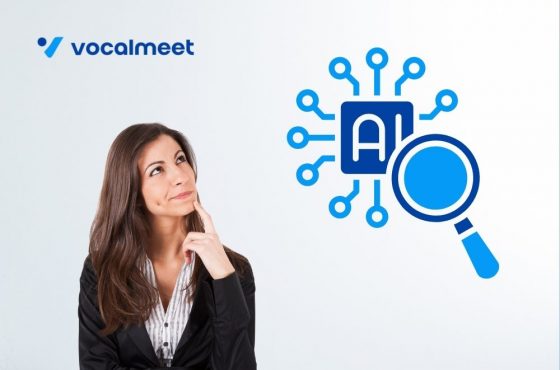5 Things NOT to Leave Out of Your LMS
Modern eLearning provides professionals with a seemingly endless supply of courses, workshops, and certifications. Many industries require (or at least recommend!) that professionals frequently update their training, and most associations now offer their members some form of continuing education as a benefit to membership. How should organizations host their continuing education content? With Learning Management Systems (LMS), of course!
The good news is that there are a variety of powerful LMS platforms available to take the heavy lifting out of offering continuing education. However, an LMS isn’t a one-size-fits-all platform: each association requires its own unique functions and features. Despite this, there are some factors that all associations need in an LMS–so here are the 5 things not to leave out of your LMS!
1) Direct Instructions and Training Resources
New members are at their most vulnerable early on in their memberships. When they first access training, it’s important that they feel comfortable and supported. Each course and training module should be clearly described, with the goals and requirements laid out in full detail. Members should be able to access a walkthrough or user guide for the LMS, ensuring that they know how to maximize their ability (and therefore benefit!) when using the system.
Members should have access to a clear curriculum and course outline for every course they take. If they encounter problems–either in their training or with the system–they should be able to contact the instructor or the administrator for assistance. With proper support lines and resources in place, your association can help its members overcome their issues before the system’s molehill grows into a mountain.
2) Overall Accessibility
One of the major benefits of eLearning, when compared to more traditional training, is convenience. After all, members can take courses on their own time and from any location! Therefore, to continue this trend and to make the most out of your LMS, your training should be as accessible as possible.
Accessibility can mean a host of different things, but each factor is equally important for your learners. For one, courses need to be mobile-friendly and have a responsive design that adapts to any device and operating system. The LMS interface itself should be intuitive and easy to operate. Similarly, the courses should be easy to understand and follow. Furthermore, by allowing for asynchronous access in your courses–that means no scheduled time slots!–learners will be able to study and complete their training on their own time, without having to worry about schedule conflicts. You could even consider offering offline learning (e.g. downloadable courses) to increase access even further!
3) Clear, Concise Content
While a powerful LMS can really round out a user’s experience, it is primarily the content that keeps members coming back course after course and year after year. Associations should dedicate time and resources to creating and maintaining high-quality content. Make sure that any industry changes are reflected in the training, and that the course materials are organized and easy to follow. While it may be tempting to put as much information as possible into your courses, you need them to be concise and focused if you want them to be memorable and usable. Consider creating multiple specialized courses instead of a single generalized one.
4) Assessment Tools
For many associations, it’s the behind-the-scenes operations that make an LMS what it is. When exploring LMS options, look for a system that has powerful assessment tools. When equipped with these, course administrators and instructors can record learner growth and progress, spot weaknesses or soft spots in the course content, and track compliance percentages. Many LMSs send periodical reports about your courses, flagging any issues or concerns. Not only can this help save your course administrators and instructors time, but it can make course administration more effective overall.
5) Integration and Customization
When an LMS is at its best, it looks and operates similarly to its association’s overall system. With optimal integration, the user experience feels smooth and seamless. Members should be able to navigate between the association’s website, the LMS, and the e-commerce section with ease–and with a single login! Integration also means that associations should be able to incorporate different learning formats, applications, and software into the LMS.
While your association may have a current set of desired applications, features, and functions that it wants for its LMS, remember to keep a close eye on the future. You want to ensure that your LMS can grow and adapt over time; to accomplish this, customization is key. If and when new applications or formats are later developed, you will want to have the option to integrate them into your LMS as well. To add a truly individual touch to your association’s LMS, you may also want to look for a system that allows for back-end development–there’s nothing more custom than building part of it yourself!
When it comes to picking the perfect Learning Management System, there will be a lot of features you want it to fit. Different associations have different needs; they need a tailored solution. When you’re shopping around for your LMS, make sure to remember to look for our five most crucial factors: clear instructions, easy access, focussed content, analytic tools, and seamless integration. Get your organization the LMS that can do it all!



